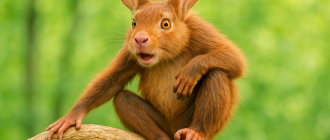Centipedes

They can be large, with numerous legs, a frightening look. They move quickly and randomly.
Nepomorpha

There are also giant Nepomorphas fifteen centimeters long. When meeting people, these bugs immediately pretend to be dead. However, if they get angry, they can bite.
Lonomia

This caterpillar is very dangerous. She is also called the “lazy clown”. Tourists like it because of its interesting look.
Centipede

The centipede does not bite. However, it leaves mucus that causes severe burns. For humans, it can even be deadly.
East African lowland honeybee

These are the most aggressive bees in the world. Experts advise not to get very close to their hives. They, sensing danger, will pursue and sting.
Mediterranean black widow

The spider lives in the steppe. Belongs to the genus “black widows”. The venom has a strong and fast effect, 15 times stronger than the venom of a rattlesnake.
Hypodermatinae

These insects can inject their larvae under the human skin. You can get rid of them with a very complex operation.
Asian giant hornet

It has impressive sizes from 4 to 5 cm. The killer hornet is able to deal with 40 bees in just a minute. Hornet also eat their larvae.
Megalopyge Opercularis

Her villi are very poisonous. If you touch them, it will cause severe pain. As a result, a person may end up in the hospital.
Calleta silkmoth

The color of this insect changes depending on the characteristics of the environment and their age.
Red imported fire ant

Red ants settle most often near farms and houses. They consume, starting from beetles and small insects to electricity wires.
Ticks

Ticks are not very dangerous to humans. The favorite place of the tick is tree branches, from which it is simple to attack for him.
Thelyphonida

These scary insects live all over the globe. Scientists claim that the length of their legs can range from five to fifty centimeters.
Siafu (Dorylus)

These ants live in East Africa. Predators constantly move and eat all insects that come across on their way.
Camel spider

The size of this insect truly impressive: up to 15 cm. These spiders usually live in Egypt. They can develop a speed up to sixteen kilometers per hour.
Velvet ants

They belong to the mutillid class. Female individuals are looking as a very large hairy ants. They live in Chile. There, panda ants are called “cow killers”.
Androctonus

This is the most poisonous scorpion. These creatures live in areas of the Middle East and Africa.
Army ant

hese ants move only in colonies of many millions, sweeping away and eating everything in their path.
Brazilian tree hopper

This insect has an interesting shape. Such a device protects the insect from the attack of various predators.
Giant burrowing cockroach

They are very strong and useful for the ecosystem, because they eat fallen leaves and rotten plants.
Giant weta

Weta feeds on other insects. Its body length can reach 9 cm, and its habitat is New Zealand.
Actaeon beetle

This insect can grow up to 30 cm in length. However, it lives only six months, and before birth, for three years, it is in the larval stage. The habitat of the acteon beetle is South America.
Goliath beetles

The Goliath beetle is a heavyweight insect. The weight of males can reach 100 grams, and the length up to 11 centimeters. The habitat of these beetles is the territory of Central and Southeast Africa.
Chinese mantis
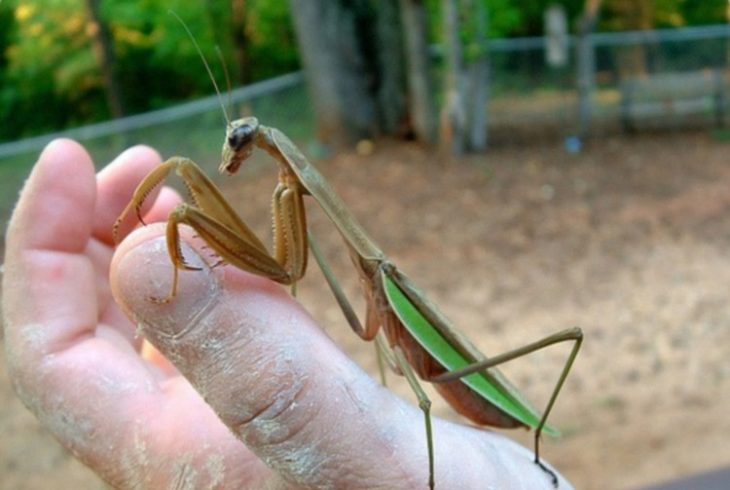
These insects are nocturnal. Their diet is mainly other members of their class, but there is evidence that they also eat lizards, frogs, and even mice.
Stag beetle
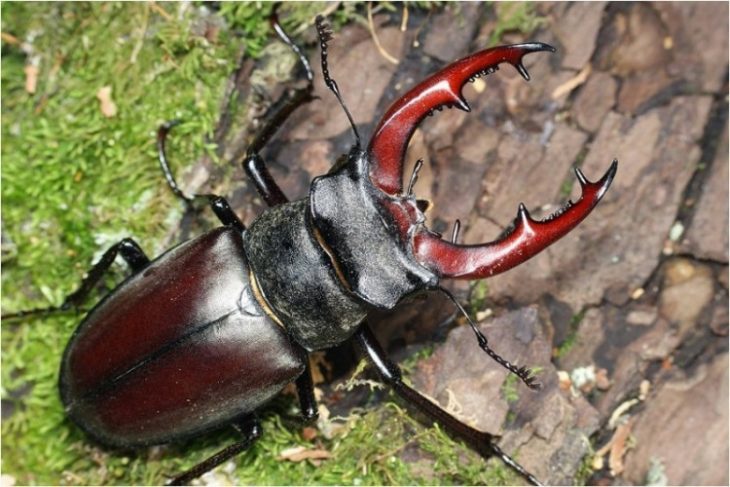
He only uses his jaws to fight other beetles. Surprisingly, the bite of a beetle is so strong that it can easily hurt human skin. The length of the stag beetle can reach 9 centimeters.
Hercules beetle
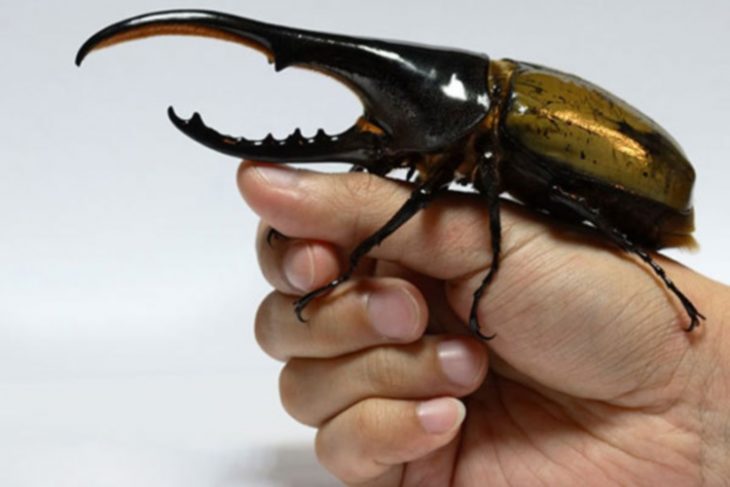
This beetle is able to use its horn to carry an object 850 times heavier, his own weight.
Phylliinae
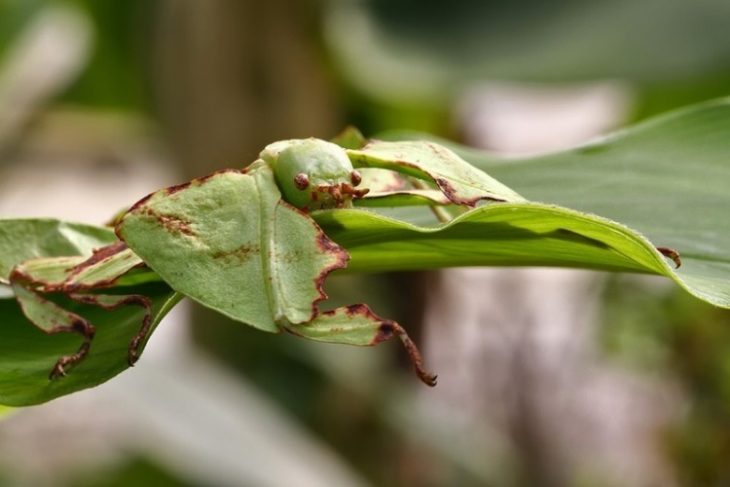
These insects can reach up to 12.5 cm in length. You can meet the Phylliinae in the tropics of Australia and Southeast Asia.
Pepsis grossa
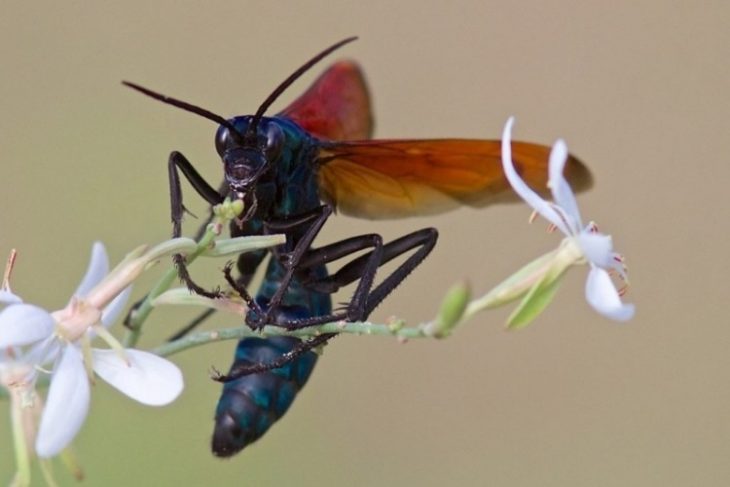
This is the largest wasp in the world: the length of the male is up to 4 cm, and the female is 5.1 cm. Their habitat is South America and the Caribbean.
Giant Katydid
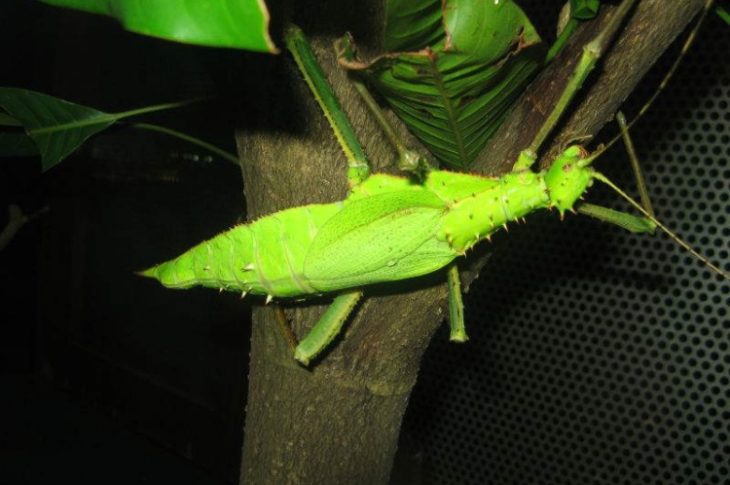
Their limbs are long, but they cannot jump. Its length can reach 13 cm. Their habitat is Malaysia.
Gauromydas heroes
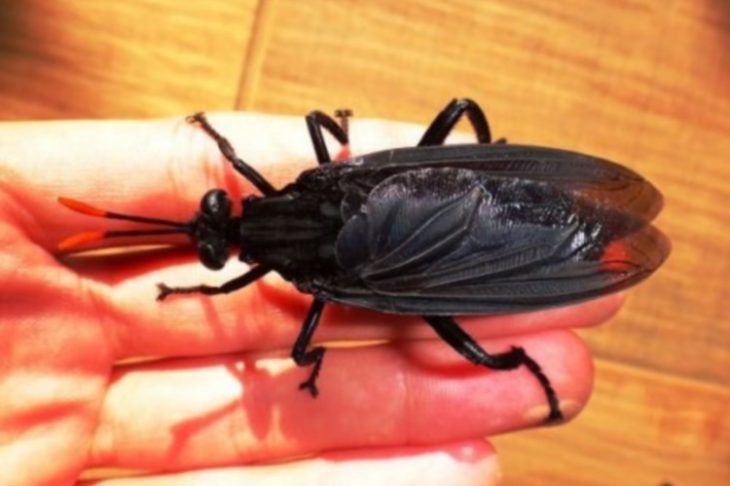
These are the largest flies on the planet. Just imagine, they can grow up to 7 cm in length! You can meet them in southern Brazil.


